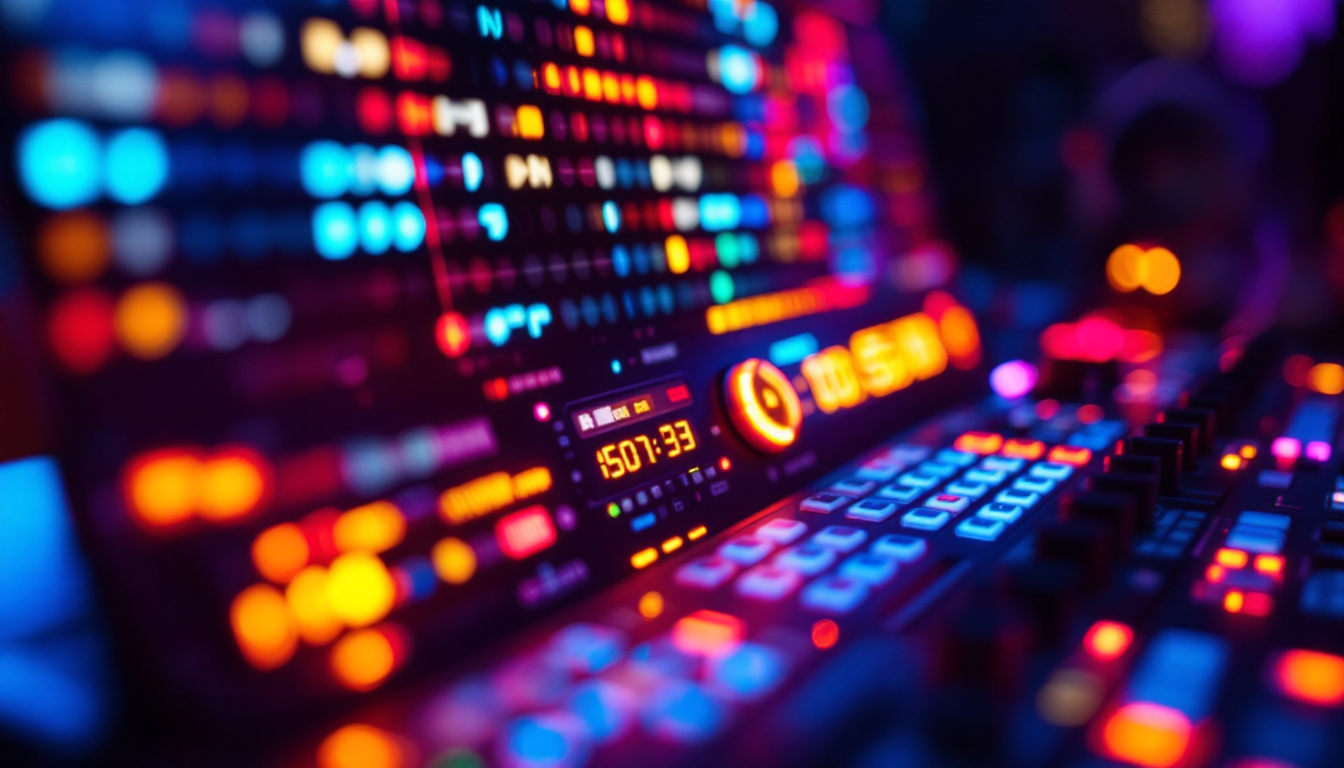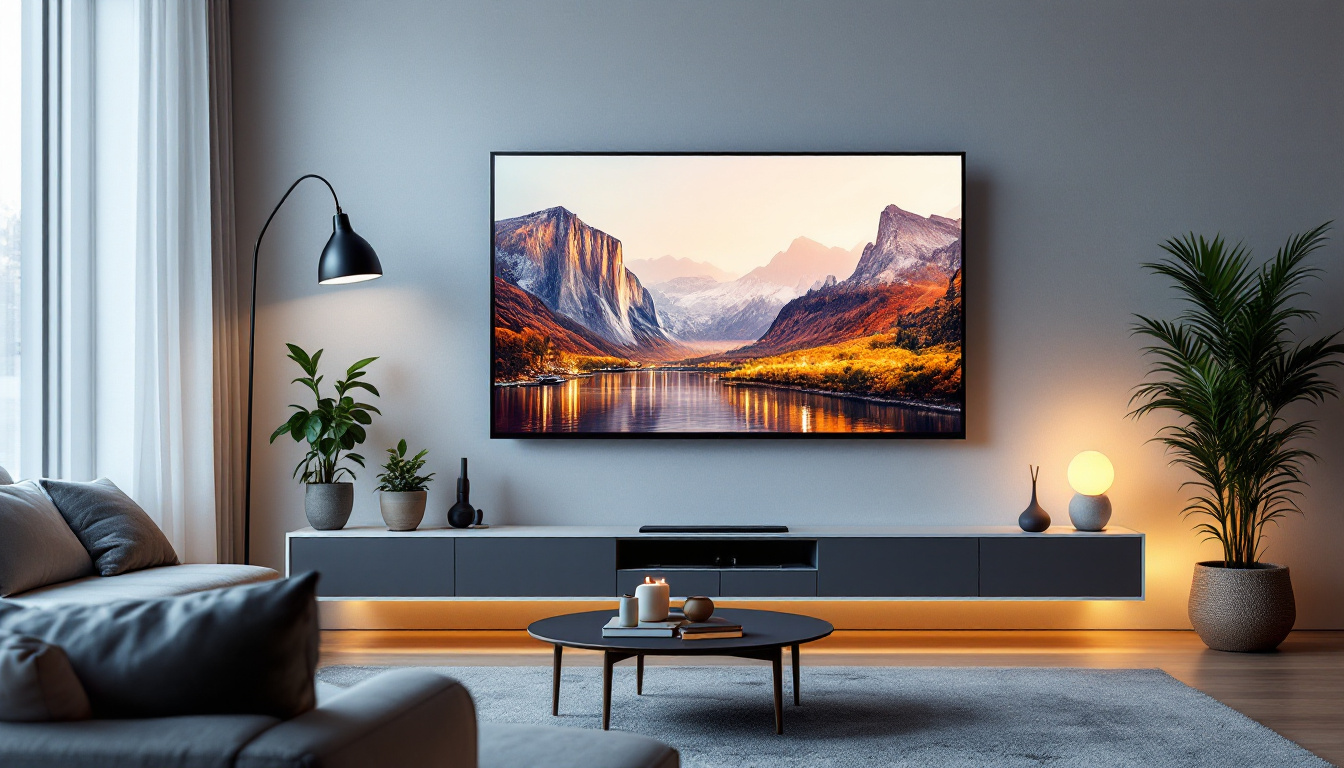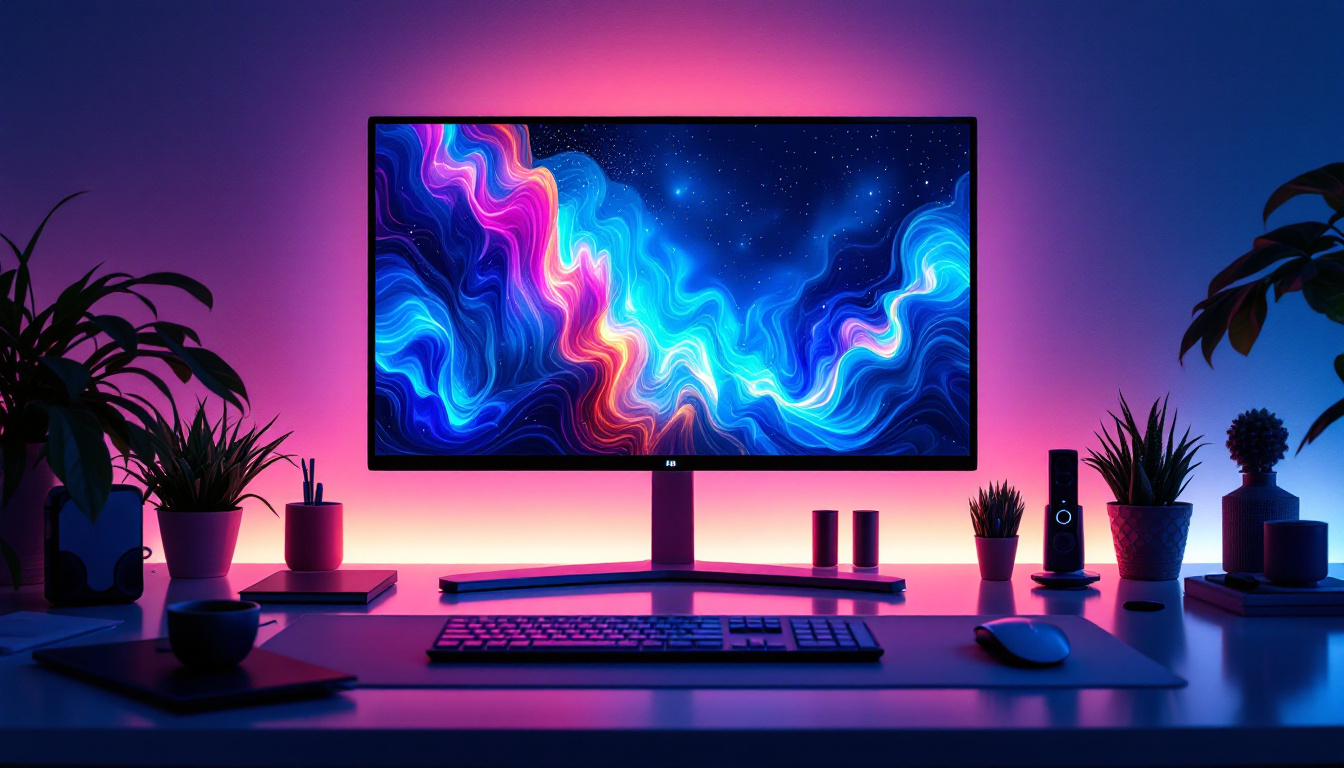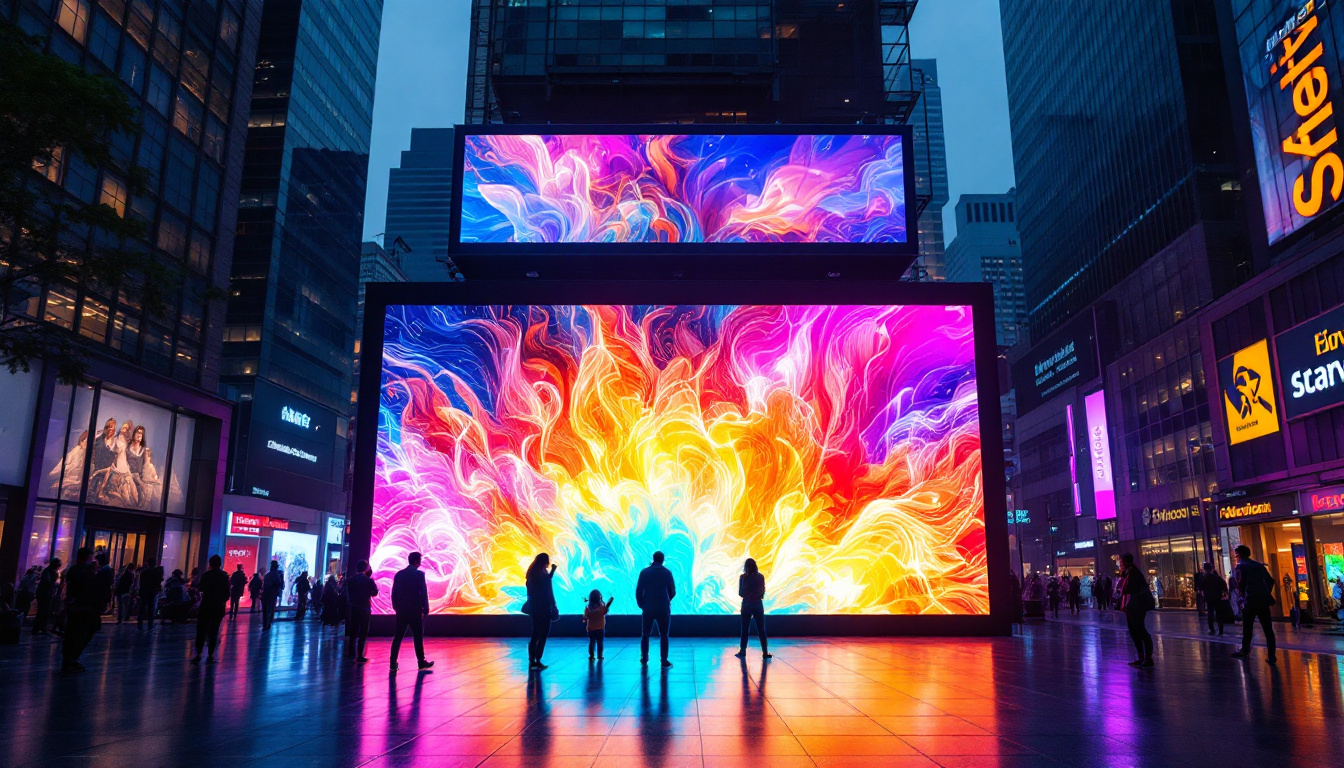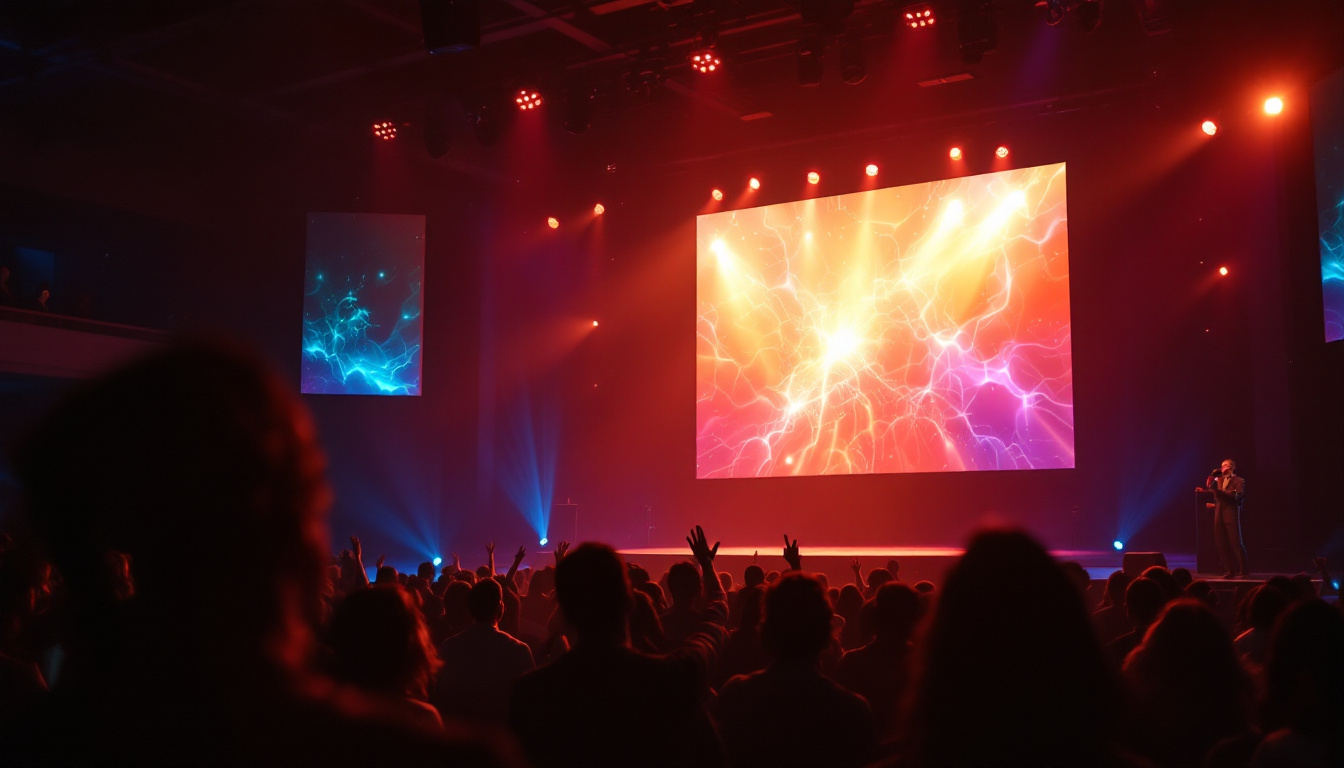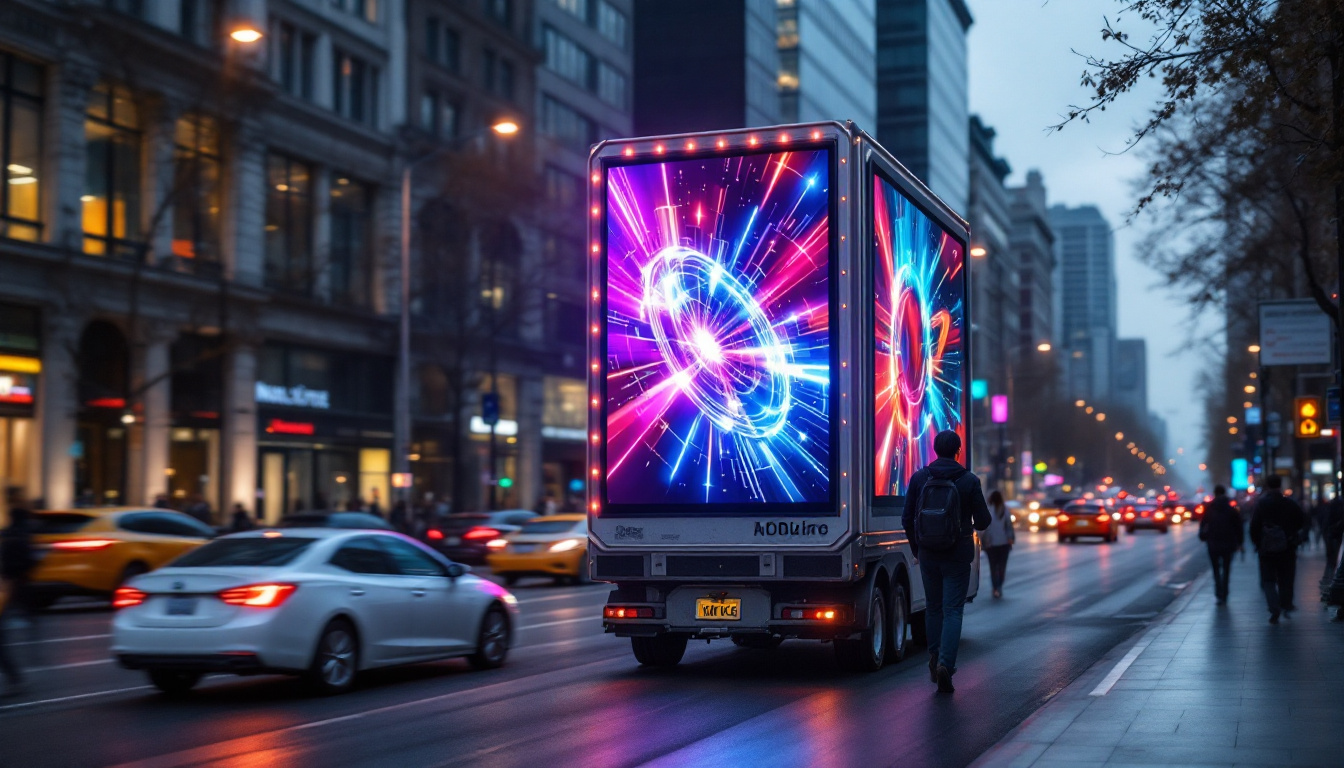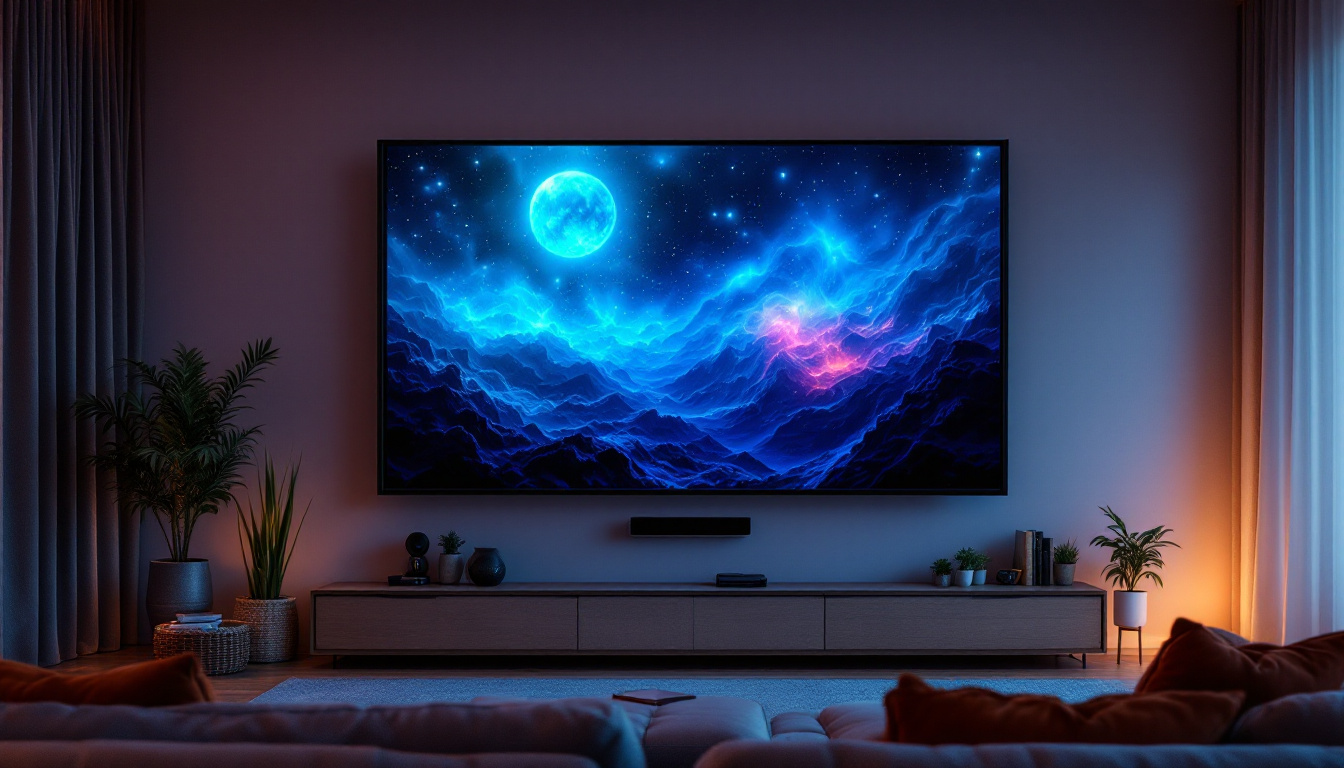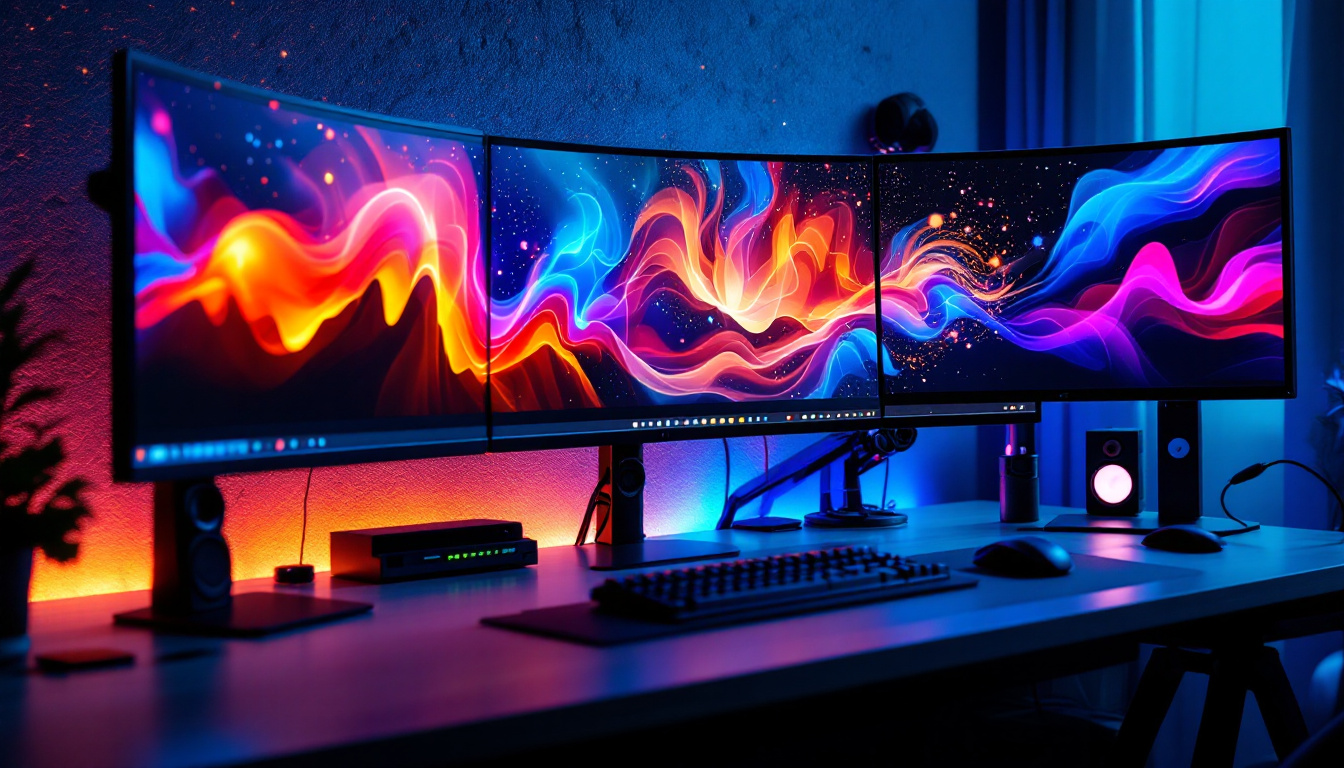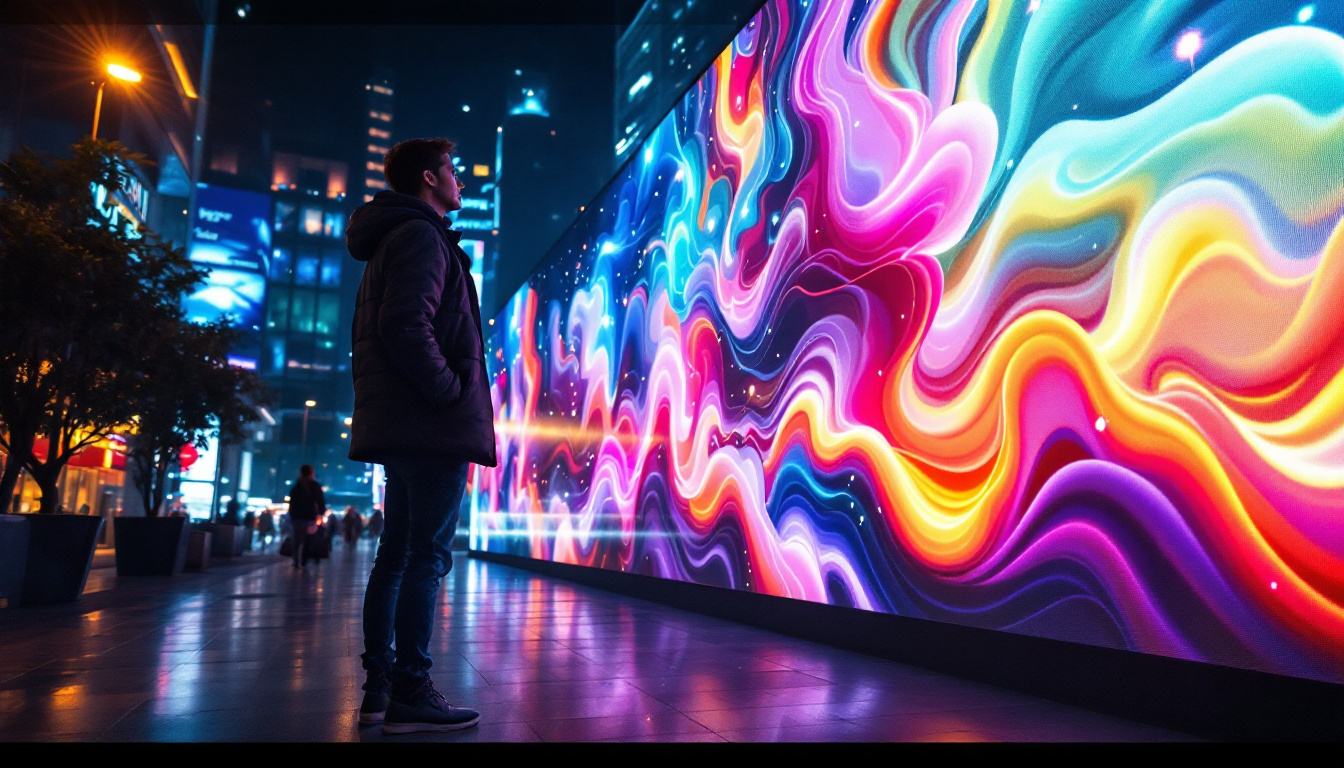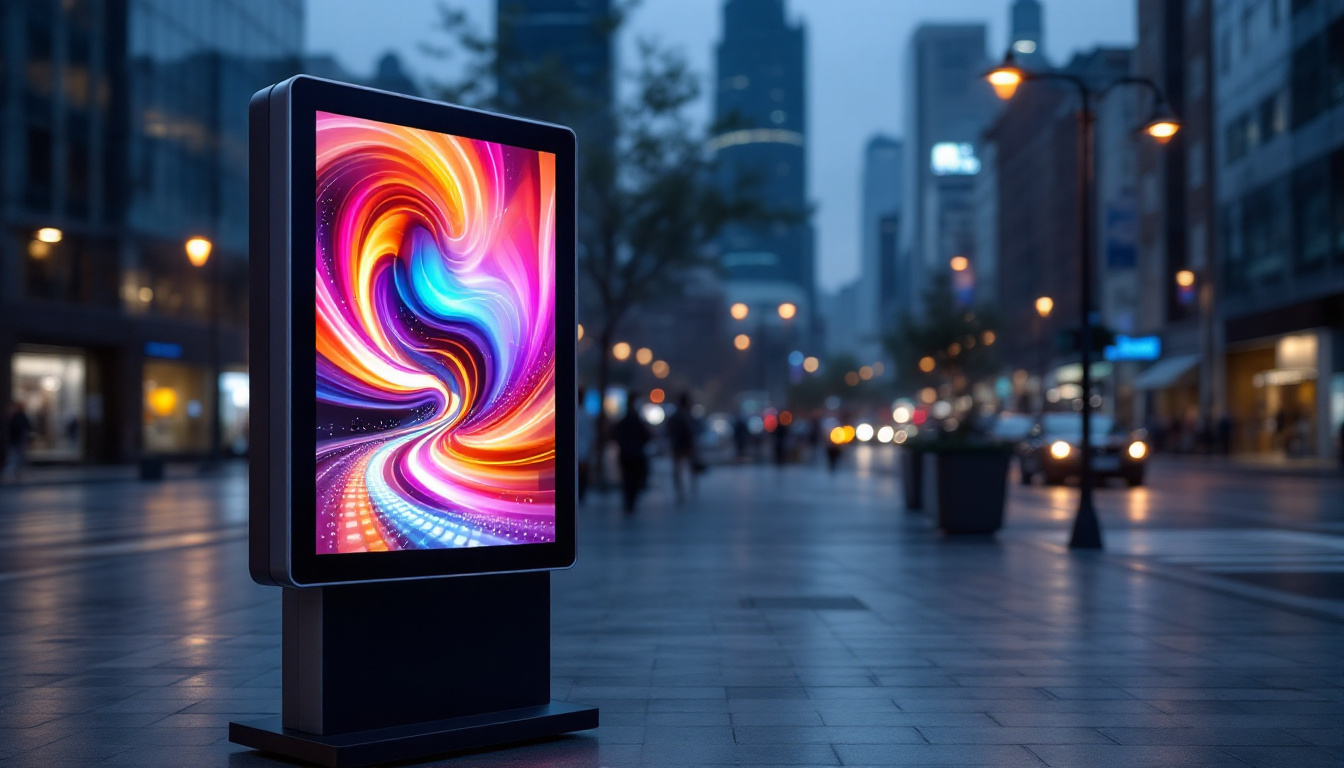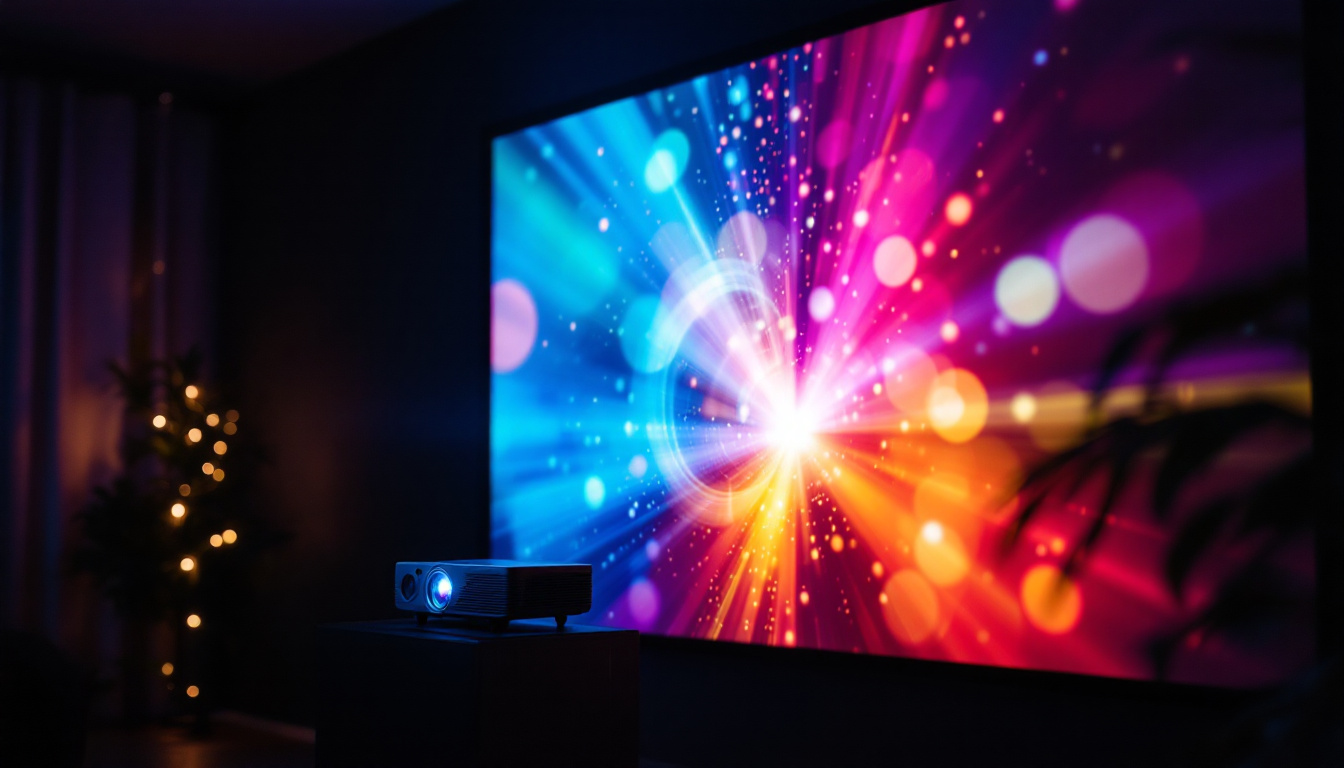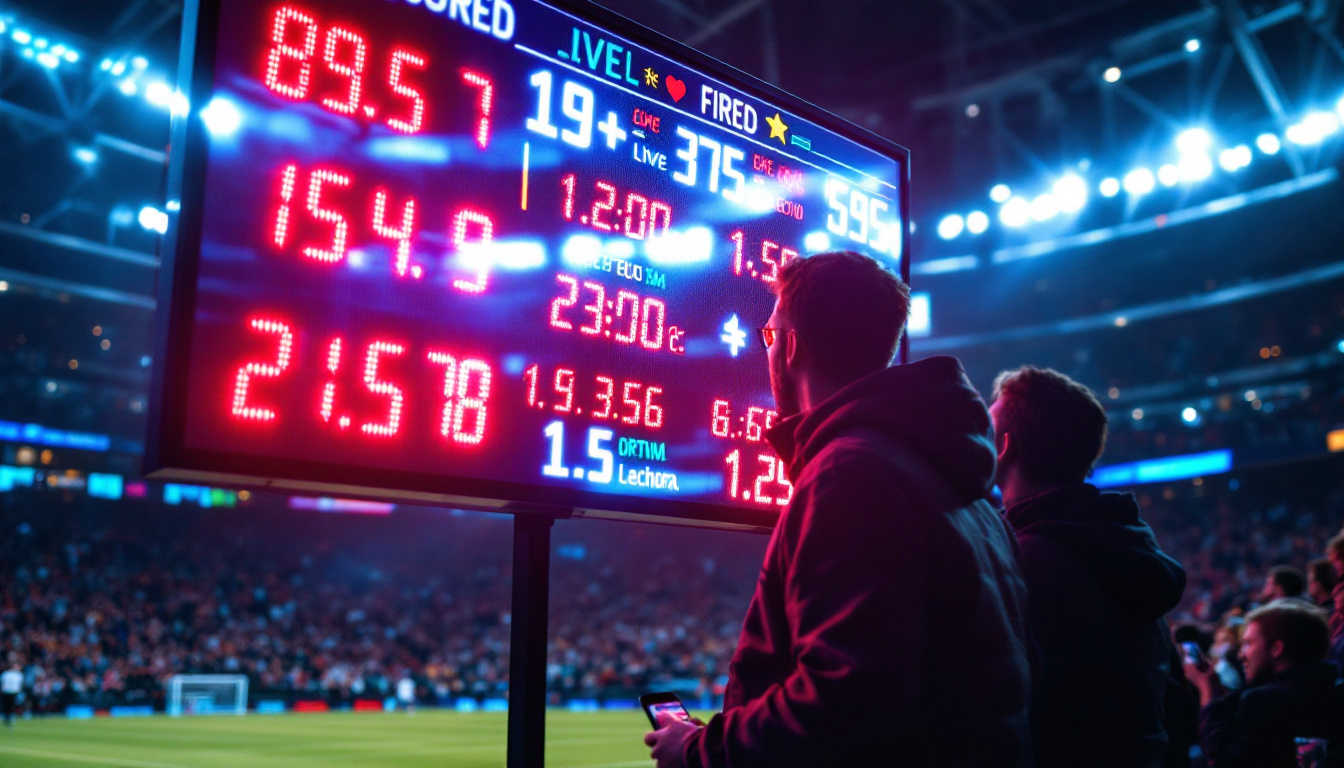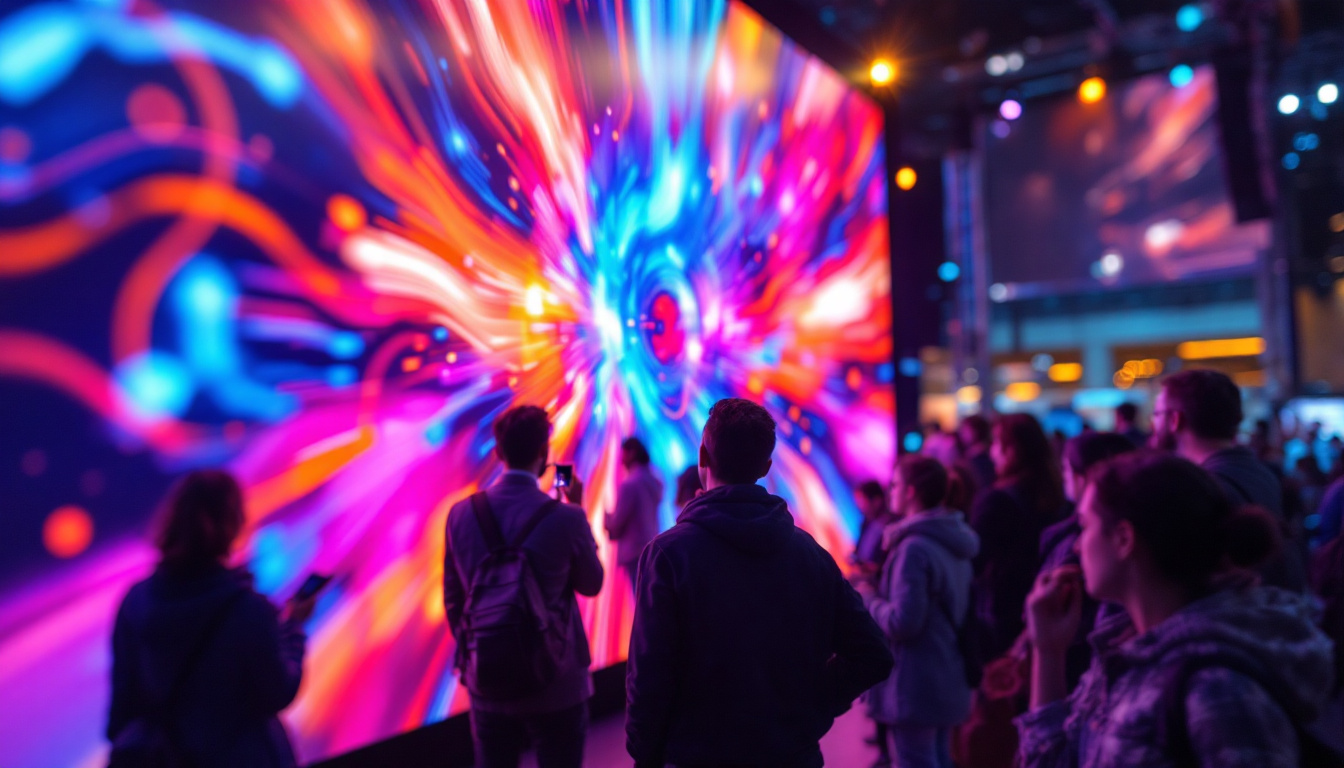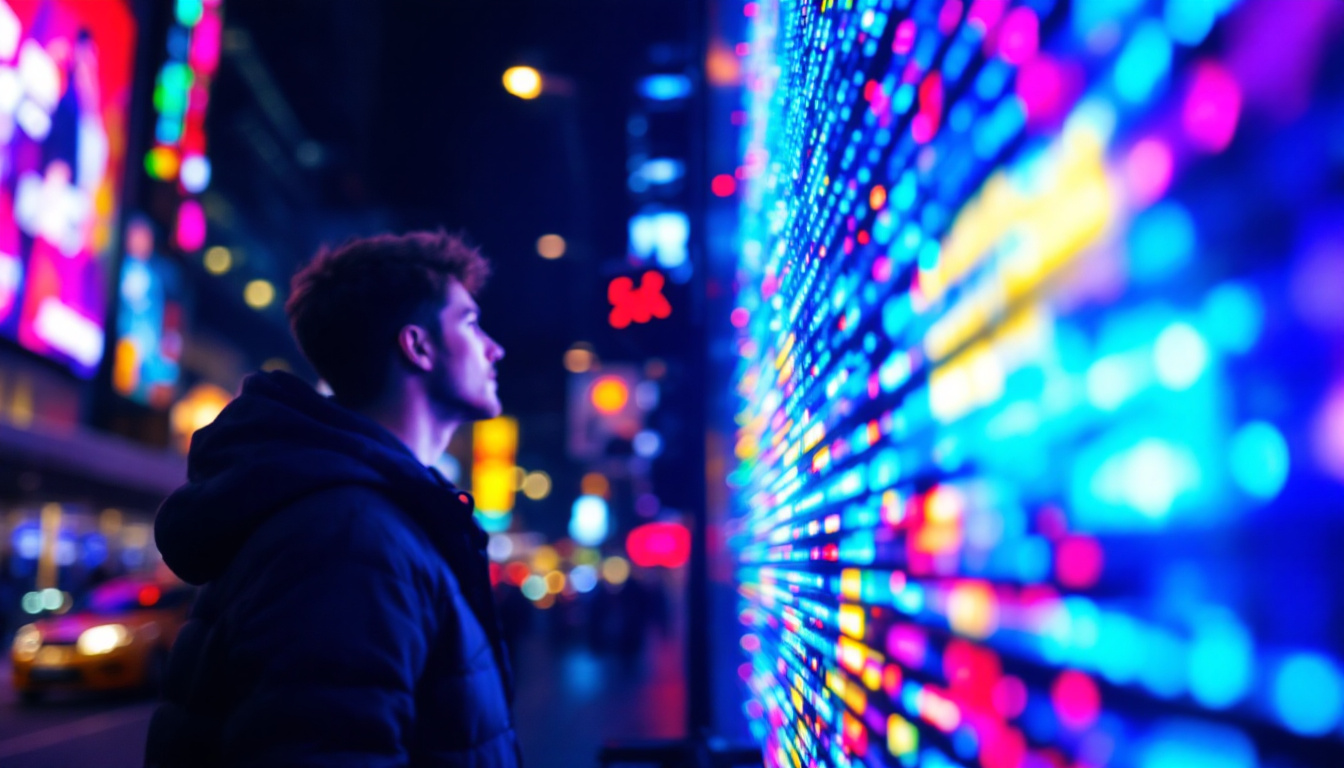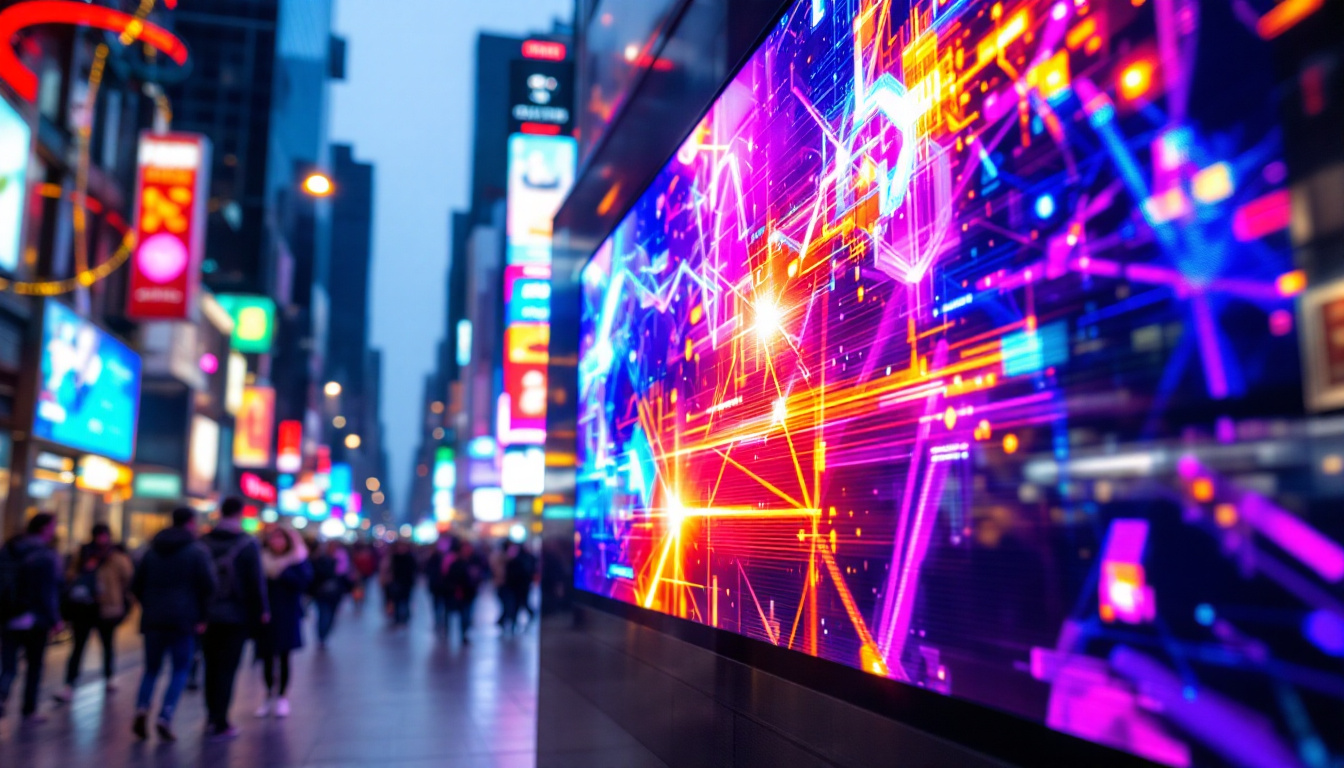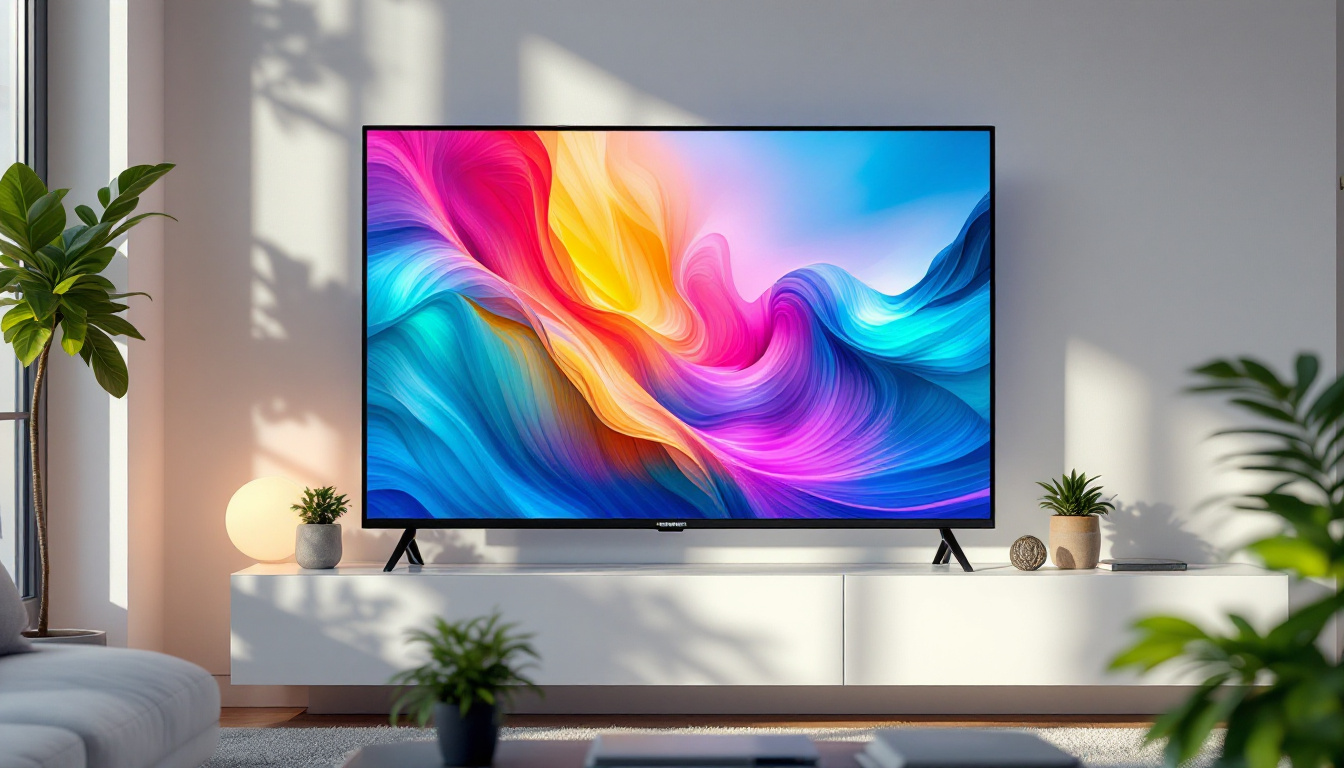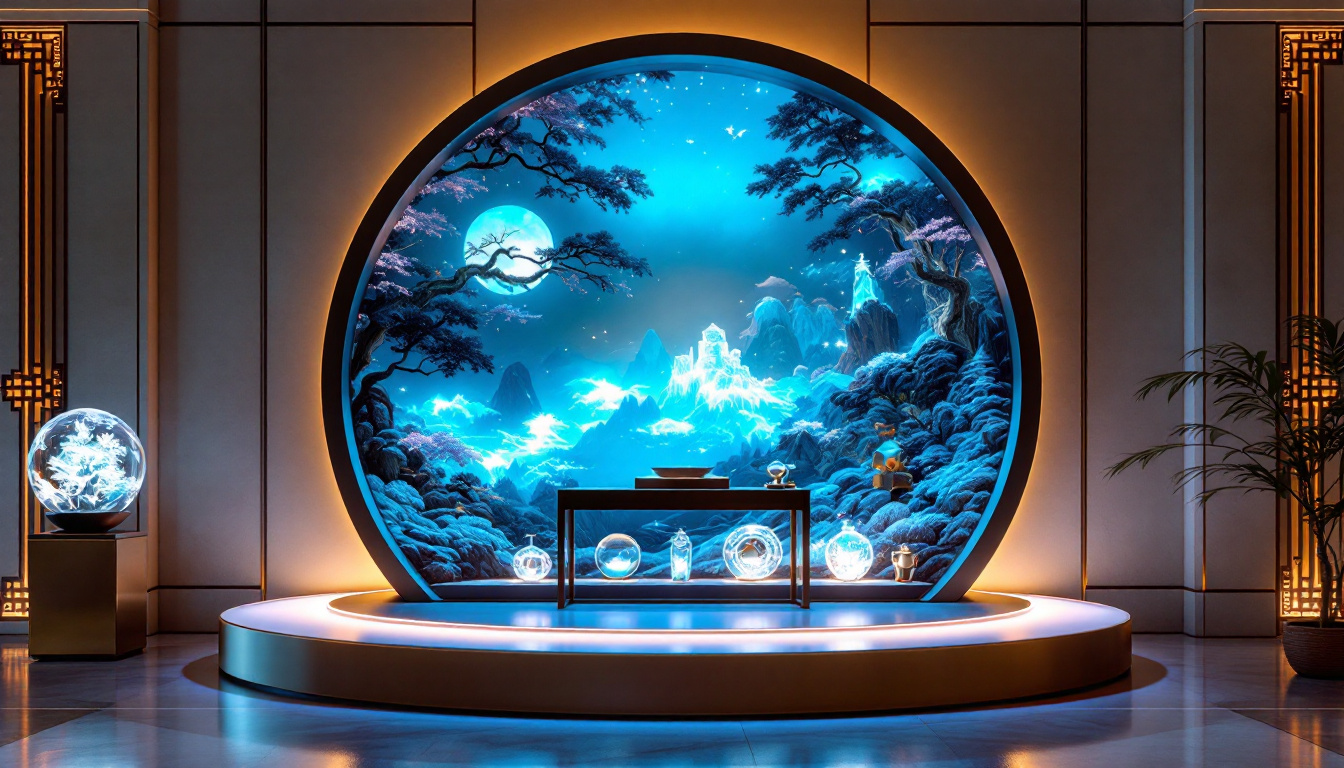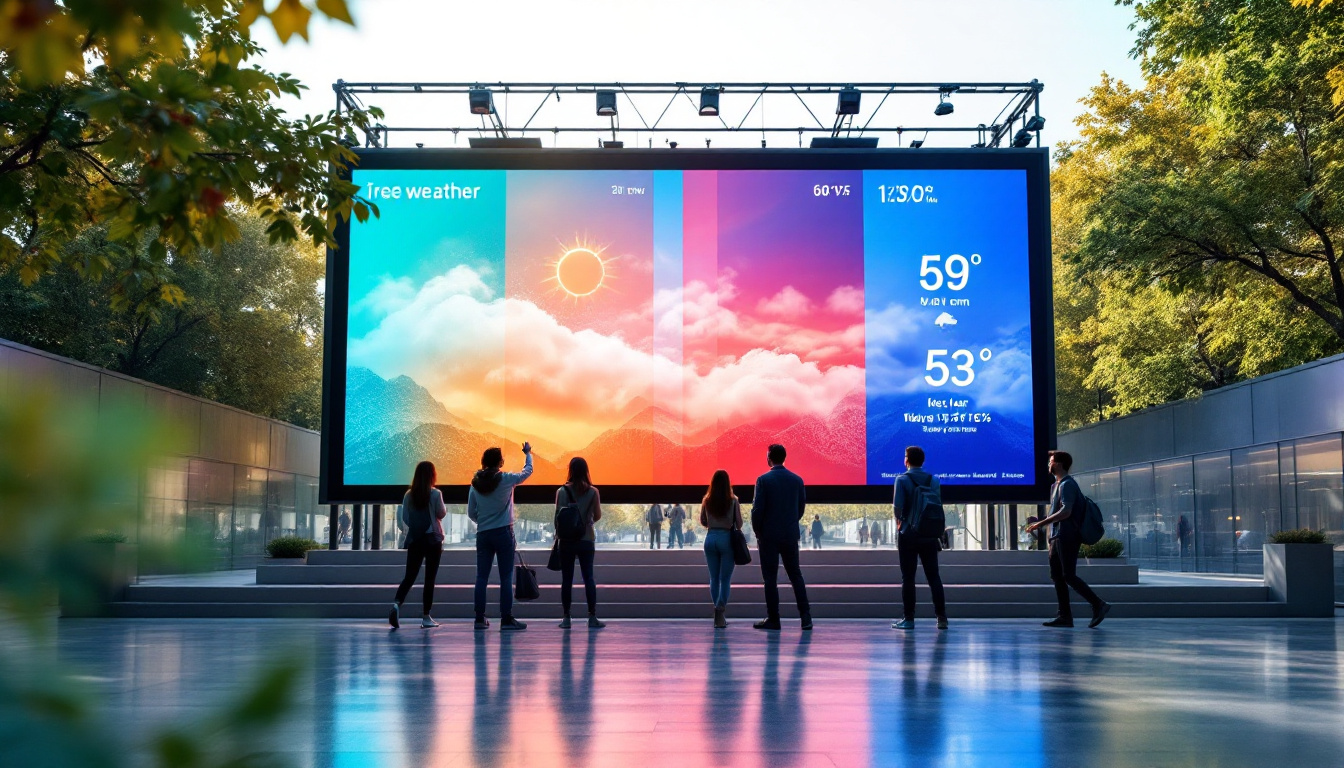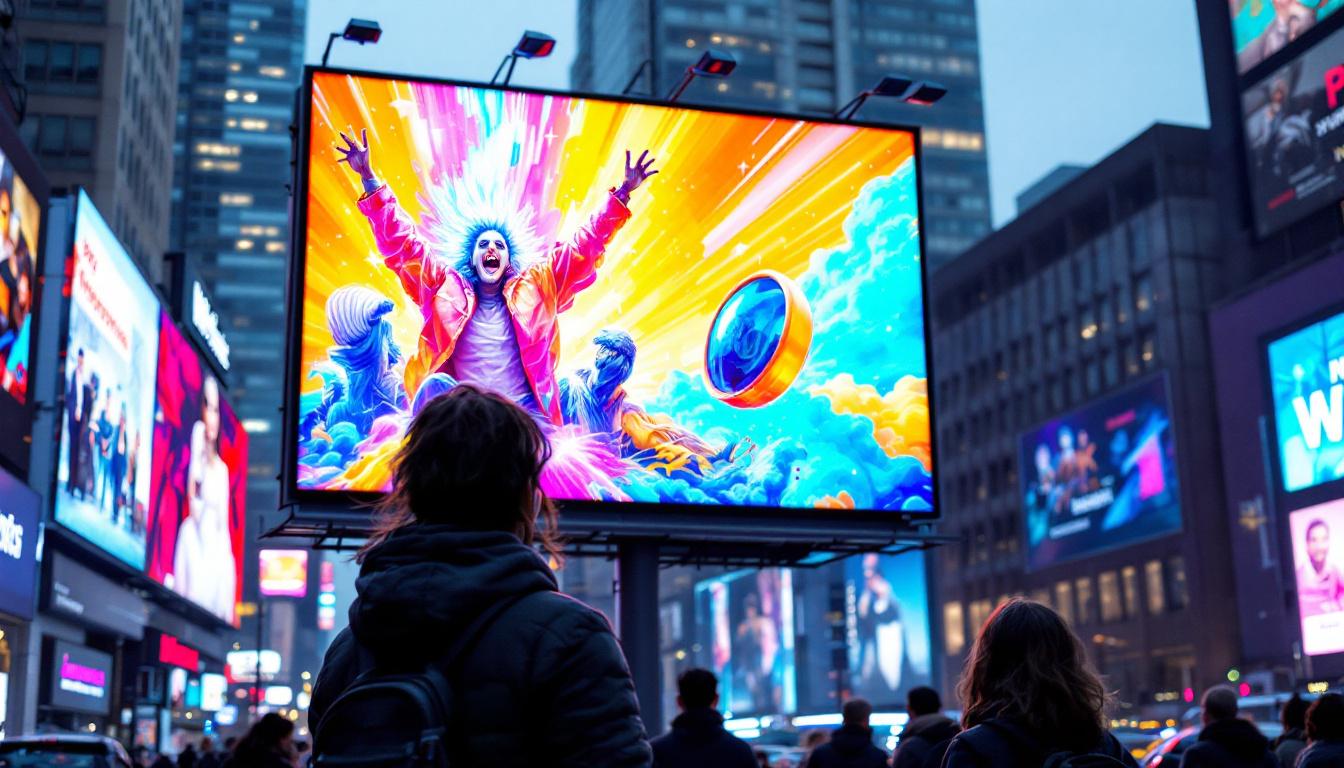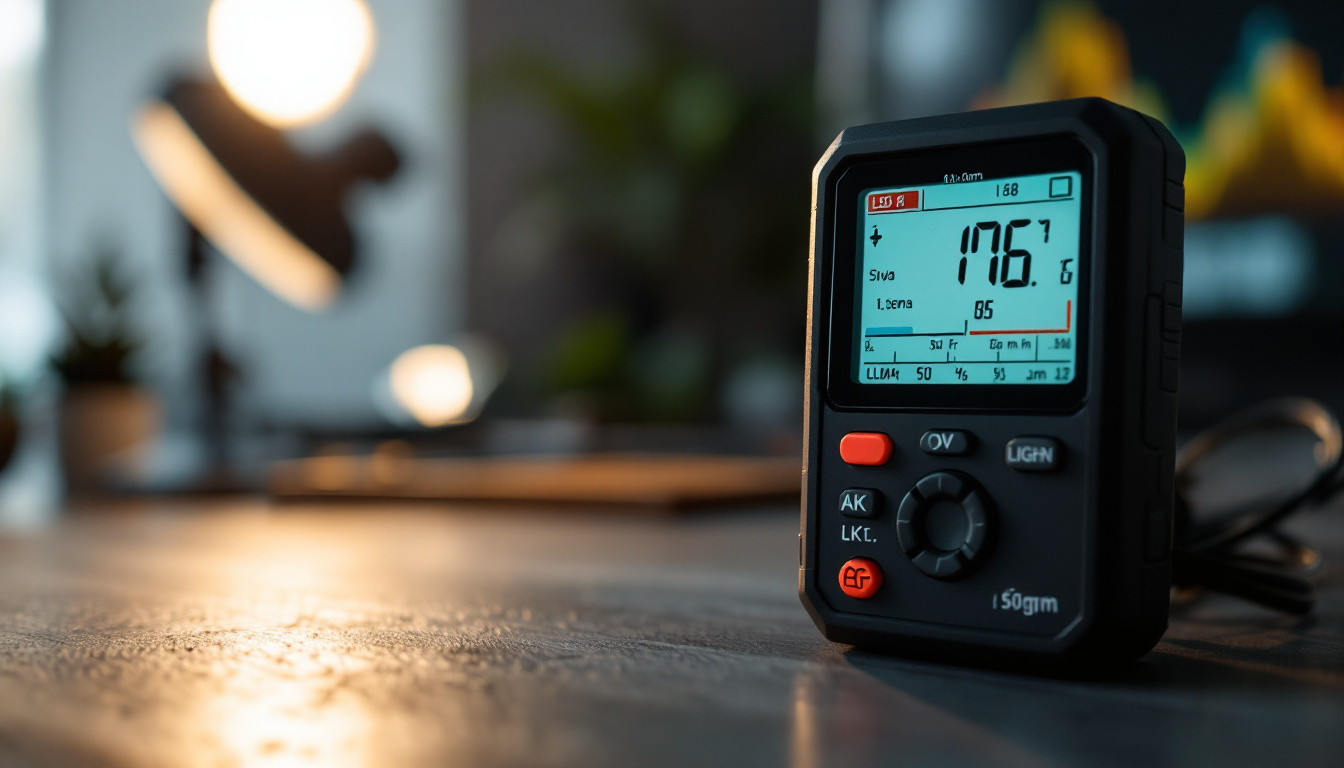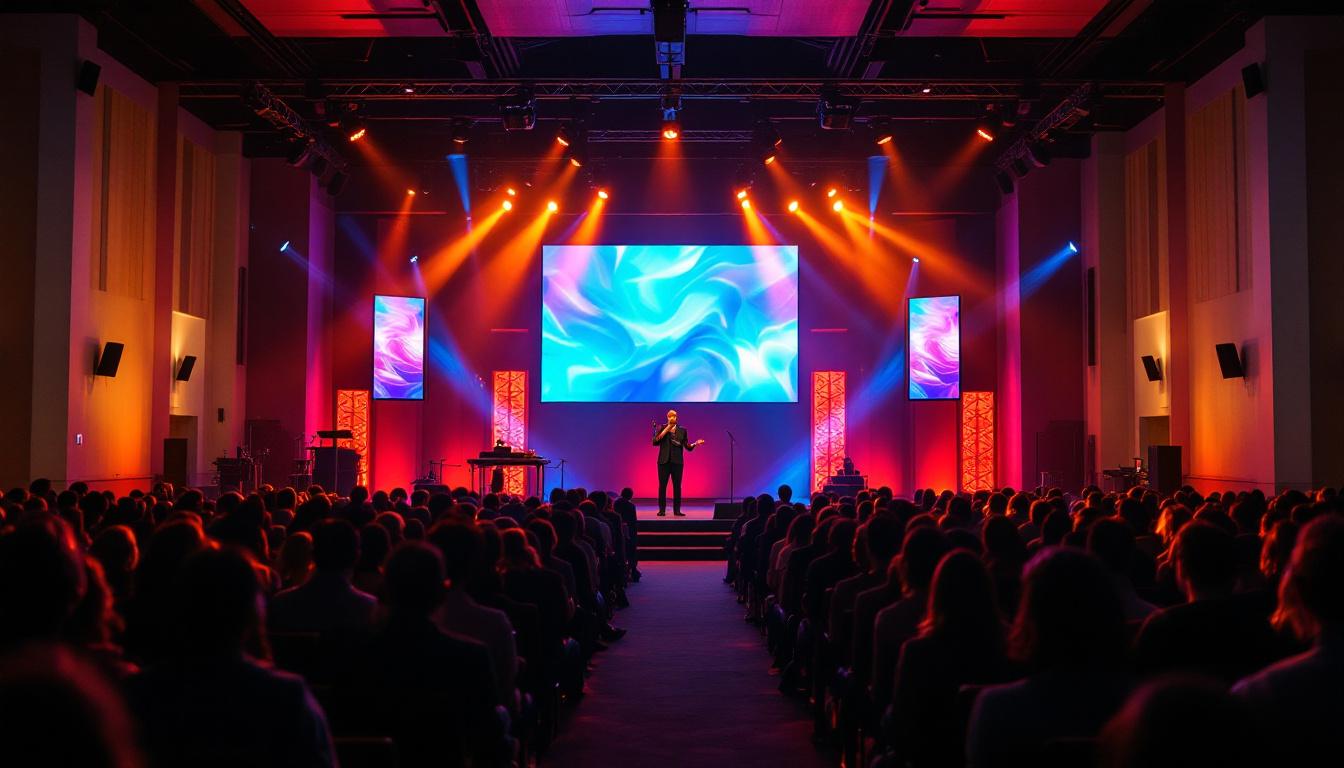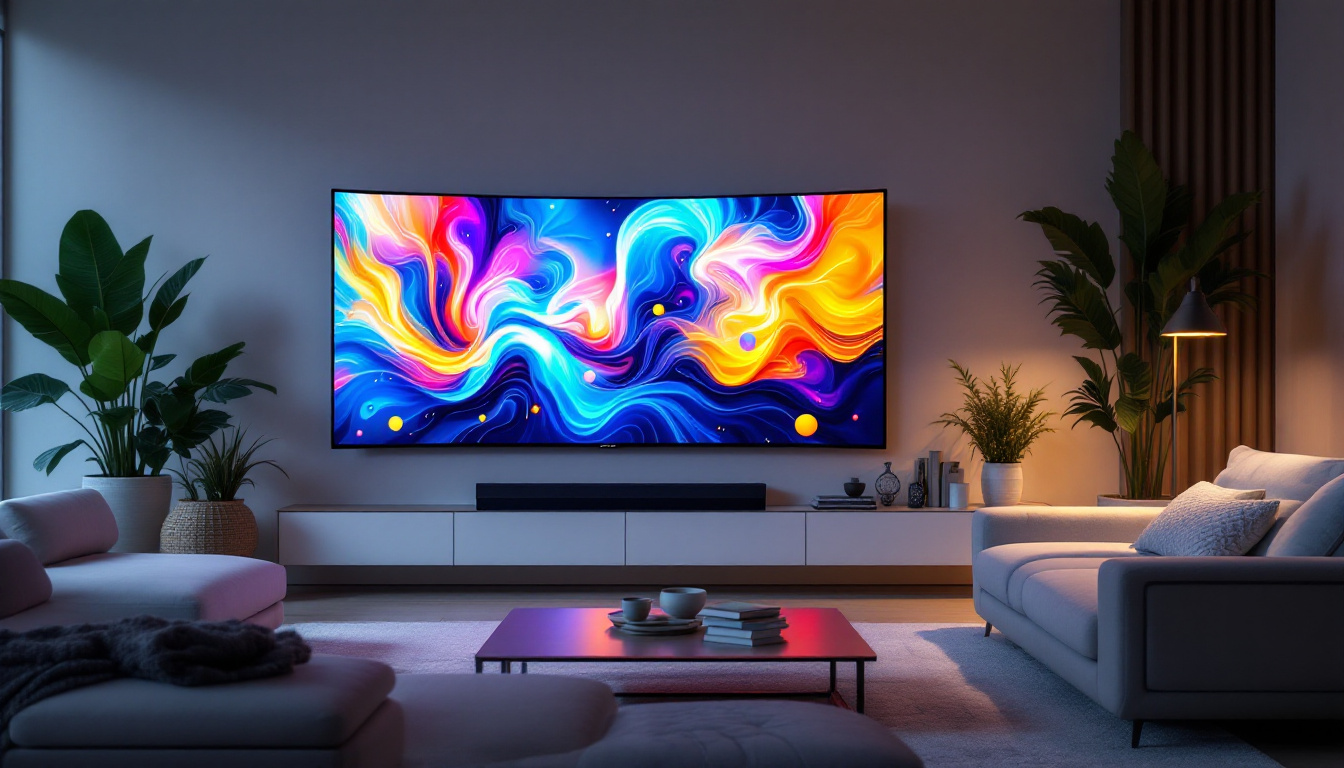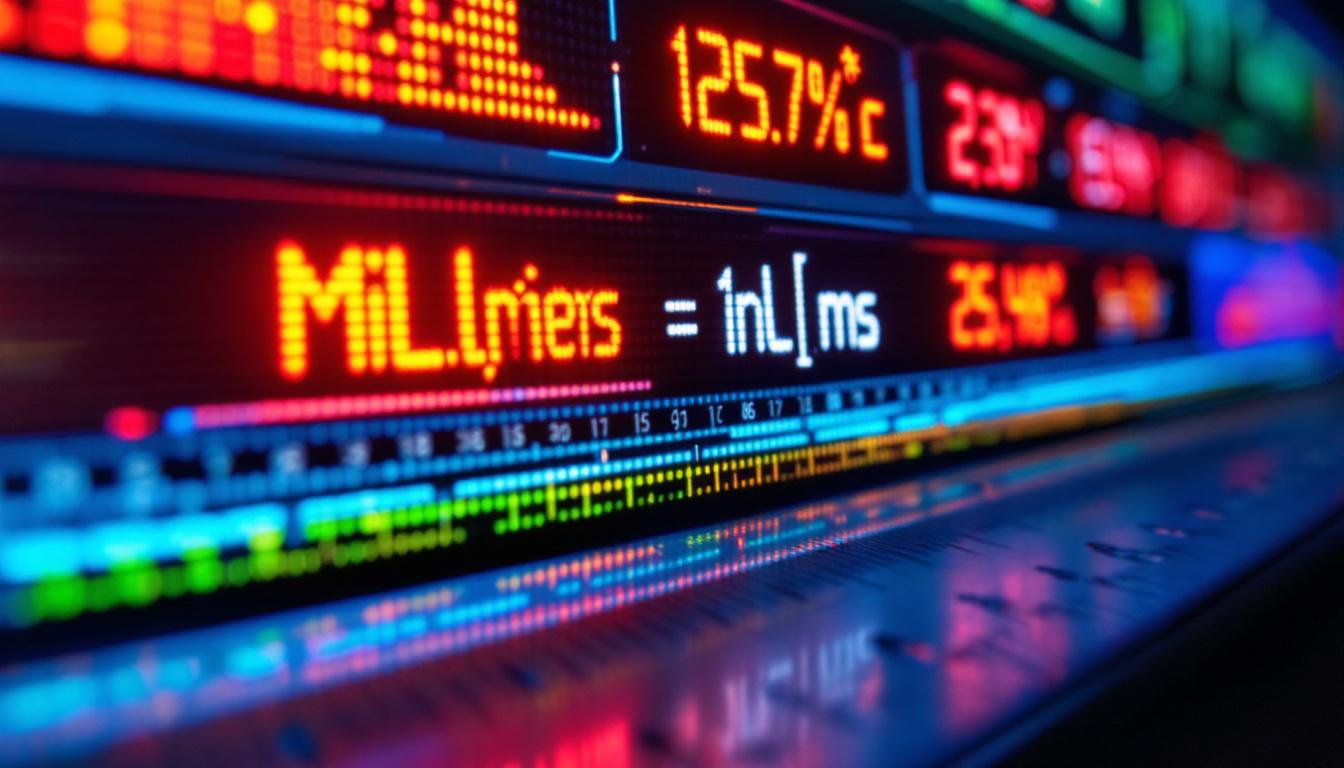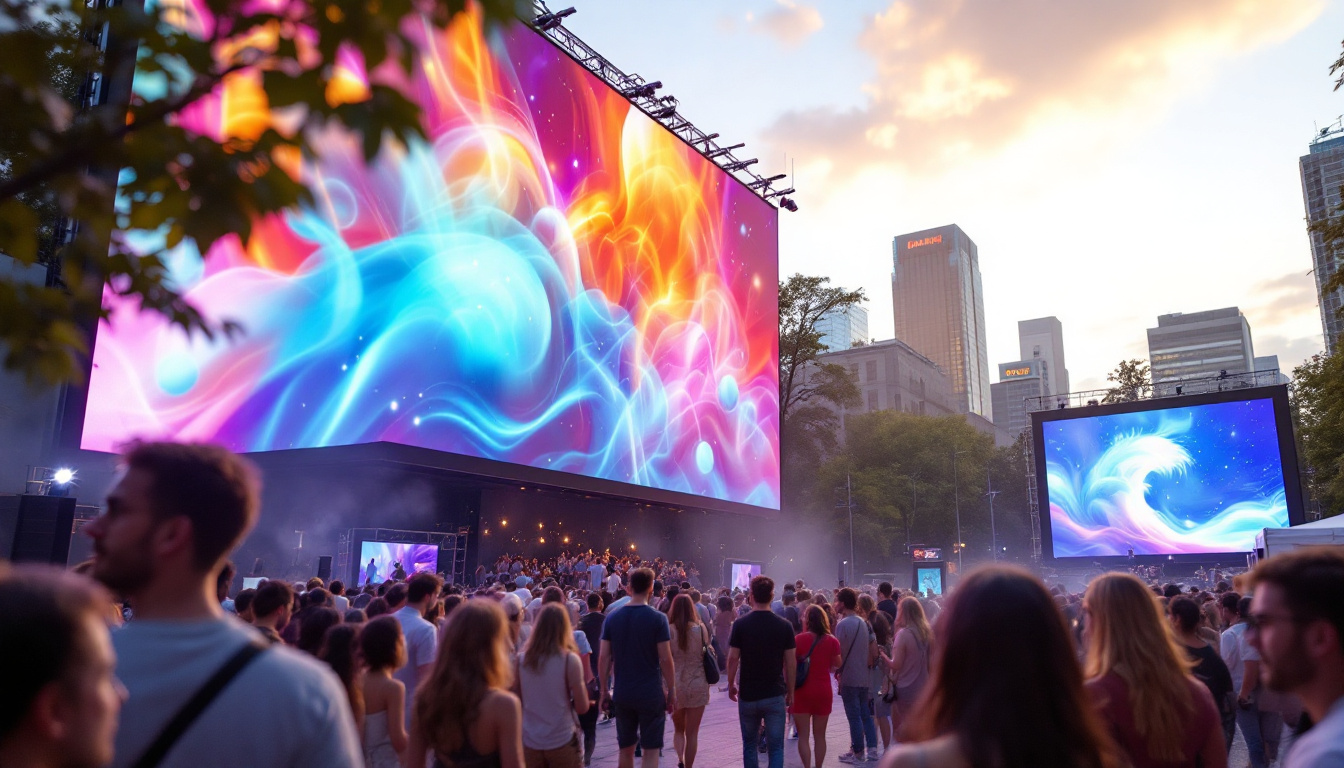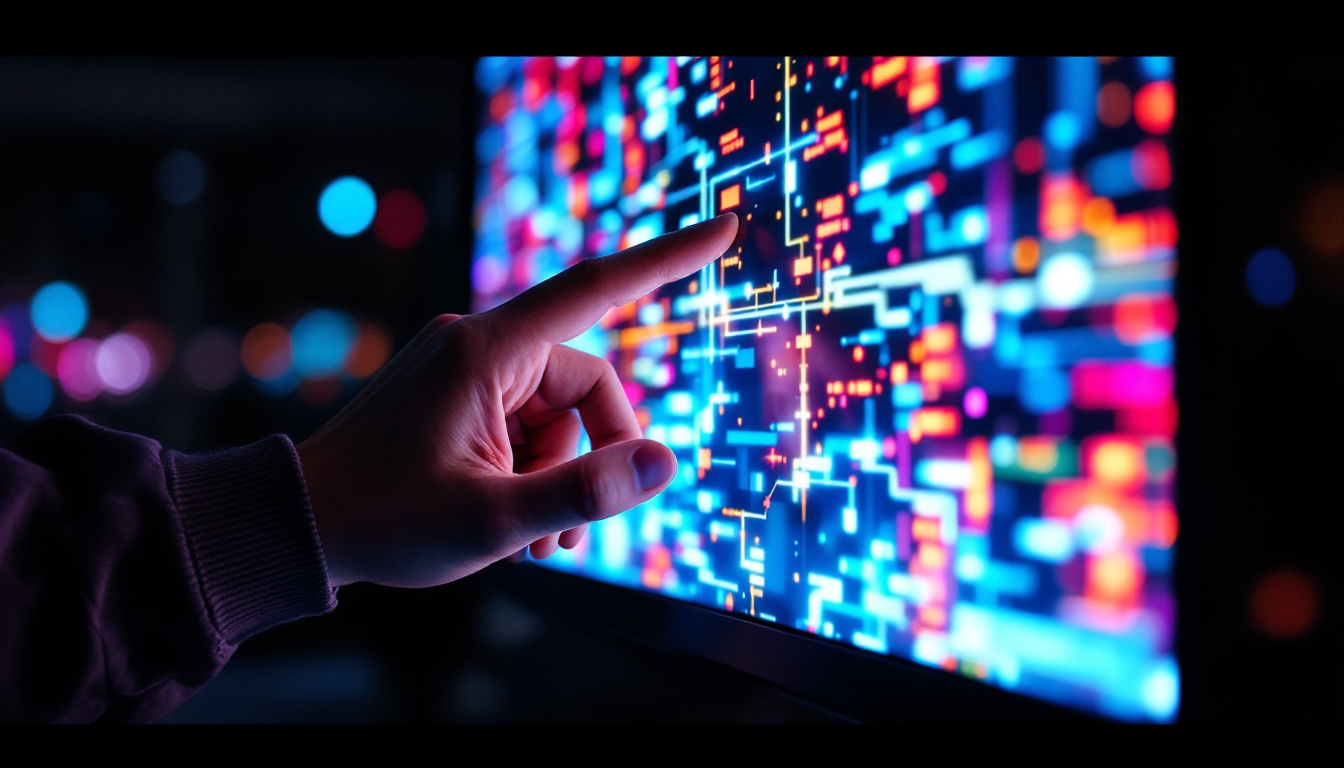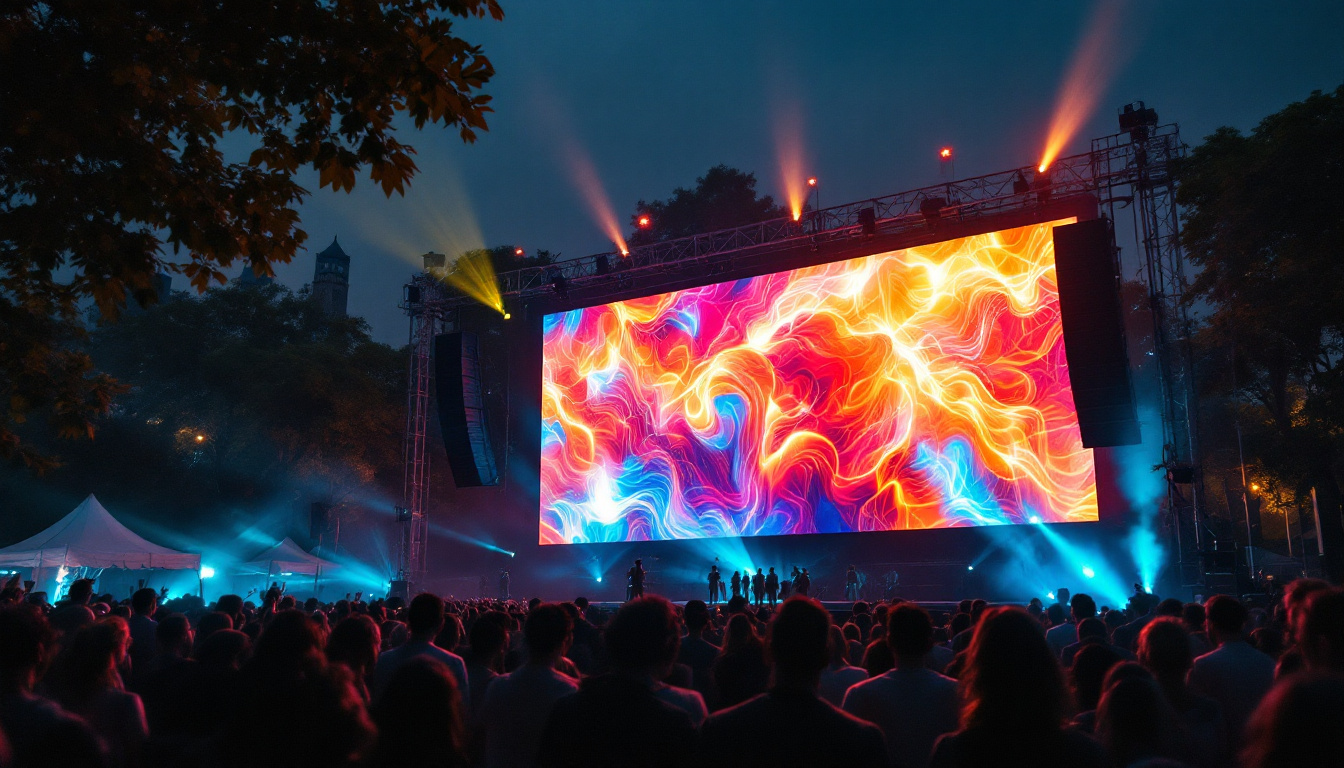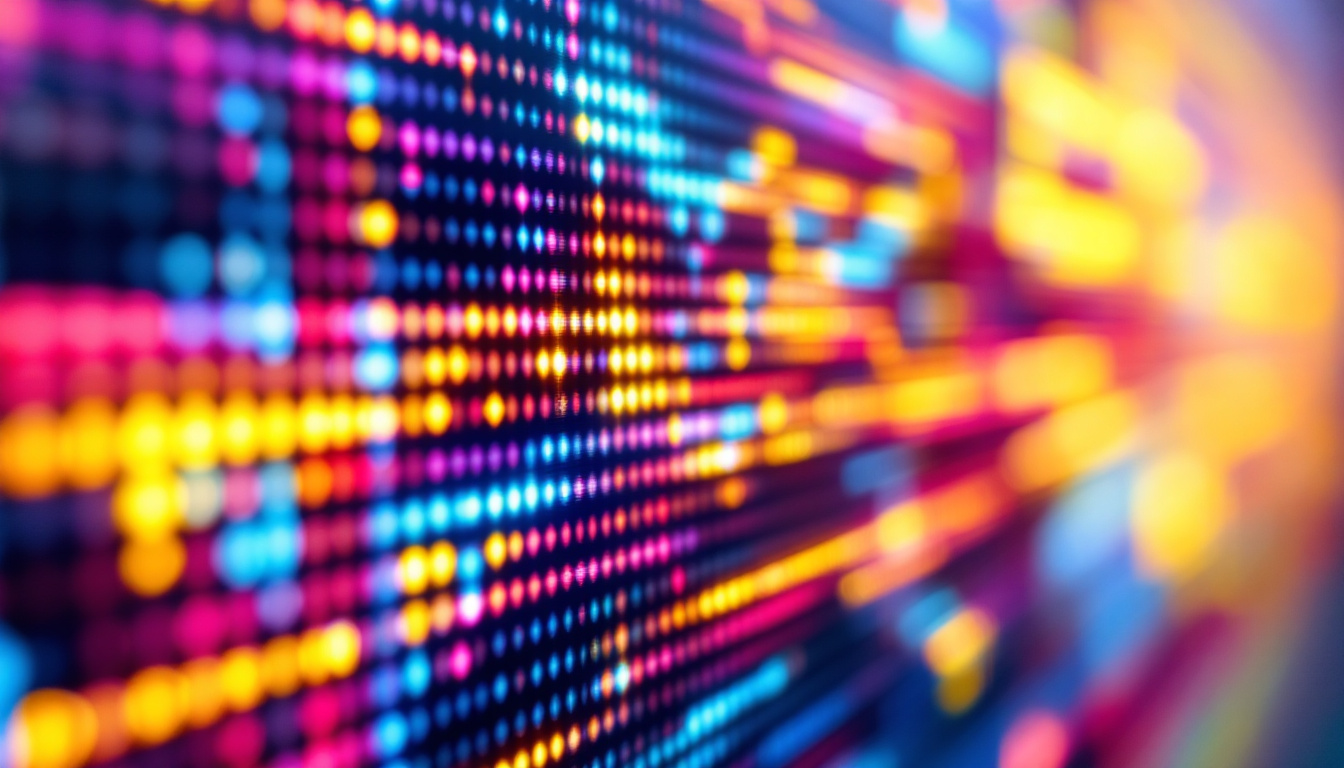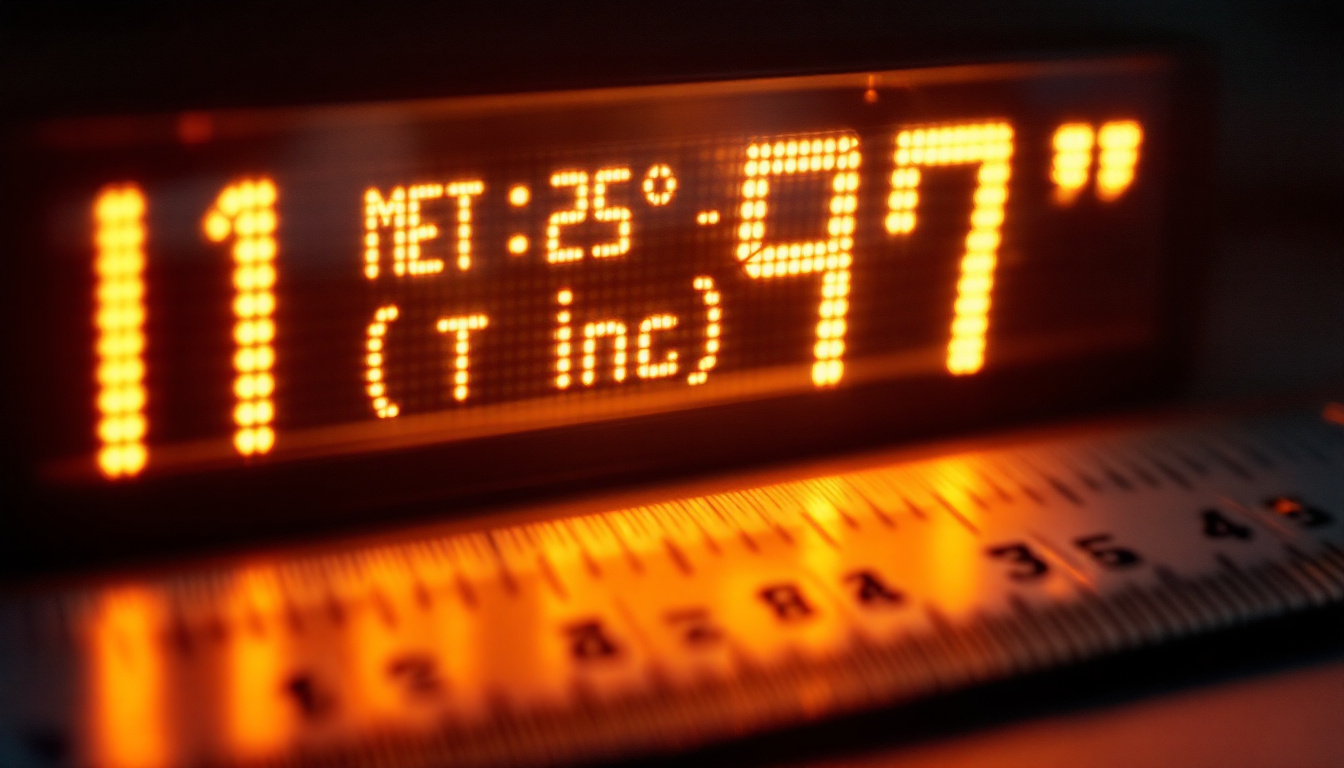In today’s fast-paced digital world, LED displays have become ubiquitous, transforming the way information is presented across various industries. From advertising billboards to intricate control panels, the versatility of LED technology is unmatched. This article delves into the intricacies of custom controller makers for LED displays, exploring their functionality, design considerations, and the future of this technology.
Understanding LED Displays
LED displays utilize light-emitting diodes to produce visual content. They are favored for their brightness, energy efficiency, and ability to display vibrant colors. Unlike traditional LCD screens, LED displays can be made in various shapes and sizes, making them ideal for both indoor and outdoor applications.
Types of LED Displays
There are several types of LED displays, each serving different purposes. The most common include:
- Direct View LED Displays: These displays consist of an array of individual LEDs arranged to form images or videos. They are often used in large outdoor screens and digital billboards.
- LED Backlit Displays: These screens use LEDs as a backlight for an LCD panel, providing enhanced brightness and contrast. They are commonly found in televisions and computer monitors.
- Flexible LED Displays: These innovative displays can be bent or shaped to fit various surfaces, making them perfect for creative installations and unique architectural designs.
How LED Displays Work
LED displays operate by passing an electric current through a semiconductor material, which emits light. The color of the light emitted depends on the materials used in the semiconductor. By combining red, green, and blue LEDs, a full spectrum of colors can be created, allowing for dynamic and colorful displays.
The resolution of an LED display is determined by the pixel pitch, which is the distance between the centers of two adjacent pixels. A smaller pixel pitch results in higher resolution, making it suitable for applications where detailed images are crucial.
In addition to their impressive visual capabilities, LED displays are also known for their longevity and durability. Unlike traditional display technologies, LED screens have a longer lifespan, often exceeding 50,000 hours of use. This makes them a cost-effective choice for businesses and organizations that require reliable and consistent performance over time. Furthermore, LED displays are less susceptible to damage from impacts and environmental factors, making them ideal for outdoor settings where they may be exposed to harsh weather conditions.
Moreover, the versatility of LED technology extends beyond just visual displays. LED screens can be integrated with smart technology, allowing for interactive experiences. For instance, touch-sensitive LED displays can facilitate user engagement in retail environments, while programmable LED boards can showcase real-time information, such as news updates or social media feeds. This adaptability not only enhances the user experience but also opens up new avenues for advertising and communication strategies in various industries.
The Role of Custom Controllers
custom controllers are essential for managing LED displays, ensuring they function correctly and efficiently. These controllers handle the input signals, process the data, and drive the LEDs to create the desired visual output. By integrating advanced technology and user-friendly features, custom controllers enhance the overall performance and versatility of LED displays, making them suitable for a wide range of applications, from advertising billboards to artistic installations.
Functionality of Custom Controllers
Custom controllers serve several critical functions in LED display systems:
- Signal Processing: They convert incoming signals from various sources, such as computers or media players, into a format suitable for the LED display.
- Brightness and Color Management: Controllers adjust the brightness levels and color balance to ensure consistent and accurate display quality, regardless of ambient lighting conditions.
- Content Scheduling: Many controllers allow users to schedule content playback, enabling dynamic advertising or information display based on specific times or events.
Moreover, custom controllers often support various media formats, allowing for greater flexibility in content creation. This capability enables users to incorporate videos, animations, and even live feeds into their displays, making them more engaging and interactive. Additionally, some advanced controllers come equipped with real-time monitoring features, providing users with valuable insights into display performance and potential issues, thereby enhancing reliability and reducing downtime.
Design Considerations for Custom Controllers
When designing a custom controller for an LED display, several factors must be taken into account:
- Compatibility: The controller must be compatible with the specific type of LED display being used, including considerations for pixel pitch and resolution.
- Scalability: As display needs grow, the controller should be able to accommodate additional features or larger displays without compromising performance.
- User Interface: A user-friendly interface is crucial for ease of operation, allowing users to manage content and settings effortlessly.
In addition to these considerations, the physical design of the controller is also important. It should be robust enough to withstand environmental factors, especially for outdoor displays, where exposure to weather elements can be a concern. Furthermore, the integration of wireless connectivity options can greatly enhance the usability of custom controllers, allowing for remote management and updates, which is particularly beneficial for installations that are difficult to access. This flexibility not only streamlines operations but also opens up new possibilities for innovative display applications.
Integration with Software
Custom controllers often work in tandem with specialized software to enhance functionality and user experience. This software can range from simple content management systems to complex programming environments that allow for advanced visual effects and interactivity. The synergy between hardware and software is crucial, as it enables seamless communication and real-time updates, ensuring that the content displayed is not only engaging but also relevant to the audience.
Content Management Systems (CMS)
A robust CMS is essential for managing the content displayed on LED screens. It enables users to upload, schedule, and organize media files efficiently. Many CMS platforms offer features such as:
- Real-time Updates: Users can change content on-the-fly, ensuring that the display always shows the most current information.
- Template Creation: Pre-designed templates allow for quick content updates while maintaining brand consistency.
- Analytics: Some systems provide analytics tools that track viewer engagement, helping businesses optimize their content strategy.
Additionally, many CMS platforms now support cloud integration, which means that users can access their content from anywhere with an internet connection. This flexibility is particularly beneficial for businesses with multiple locations, as it allows for centralized content management. Furthermore, advanced CMS solutions often come equipped with user permission settings, enabling teams to collaborate efficiently while ensuring that sensitive content is protected. This level of control and accessibility can significantly enhance the overall effectiveness of marketing campaigns and audience engagement strategies.
Programming and Customization
For more advanced users, programming capabilities are a significant advantage of custom controllers. This allows for the creation of unique visual effects, animations, and interactive content. Programming languages such as JavaScript or Python can be employed to create custom scripts that enhance the display’s functionality. By leveraging these languages, developers can implement features such as interactive quizzes, live social media feeds, or even real-time data visualizations that respond to user inputs.
Moreover, the ability to integrate APIs (Application Programming Interfaces) expands the possibilities even further. For instance, integrating weather data APIs can allow a display to show real-time weather updates, while social media APIs can pull in user-generated content, creating a dynamic and engaging viewer experience. This level of customization not only captivates audiences but also fosters a deeper connection between brands and their customers, as the content becomes more personalized and relevant to the viewer’s interests and needs.
Applications of LED Displays
LED displays are used in a wide range of applications, each benefiting from the unique capabilities of this technology. Here are some notable examples:
Advertising and Marketing
One of the most prominent uses of LED displays is in advertising. Digital billboards and storefront displays can capture attention with vibrant visuals and dynamic content. Advertisers can easily update campaigns in real-time, tailoring messages to specific audiences or events.
Entertainment and Events
In the entertainment industry, LED displays are used for concerts, festivals, and sporting events. Large screens provide audiences with close-up views of performances, while creative visual effects enhance the overall experience. Custom controllers ensure seamless transitions and synchronization with audio elements.
Transportation and Wayfinding
LED displays are increasingly used in transportation hubs, such as airports and train stations, to provide real-time information about arrivals, departures, and delays. Additionally, wayfinding displays guide passengers through complex environments, improving the overall travel experience.
Challenges in LED Display Technology
Despite the many advantages of LED displays, several challenges remain in their design and implementation. Understanding these challenges is crucial for developers and users alike.
Heat Management
LED displays generate heat during operation, which can affect performance and longevity. Proper heat management is essential to ensure that the display operates within safe temperature limits. This may involve the use of cooling systems or heat sinks to dissipate heat effectively.
Color Consistency
Achieving consistent color across an LED display can be challenging, particularly in large installations. Variations in LED manufacturing can lead to discrepancies in color output. Calibration techniques and advanced controllers can help mitigate these issues, ensuring uniformity across the display.
The Future of LED Display Technology
The future of LED display technology is promising, with ongoing advancements paving the way for even more innovative applications. As technology evolves, several trends are emerging that are likely to shape the industry.
Higher Resolution Displays
As demand for high-definition content increases, manufacturers are focusing on developing displays with higher resolutions. This trend is particularly evident in the rise of 4K and 8K LED displays, which offer stunning image quality and detail.
Integration with Augmented Reality (AR)
Another exciting development is the integration of LED displays with augmented reality technology. This combination can create immersive experiences that blend digital content with the real world, opening up new possibilities for marketing, entertainment, and education.
Conclusion
Custom controller makers play a vital role in the functionality and performance of LED displays. By understanding the intricacies of these controllers and their integration with software, users can harness the full potential of LED technology. As the industry continues to evolve, the future holds exciting possibilities for LED displays, promising to enhance communication, entertainment, and information dissemination across various sectors.
In summary, the advancements in LED display technology, coupled with the capabilities of custom controllers, are set to redefine how visual information is conveyed. Embracing these innovations will not only improve user experiences but also provide businesses with the tools they need to engage their audiences effectively.
Discover LumenMatrix LED Display Solutions
Ready to elevate your visual communication with the latest in LED technology? LumenMatrix offers a comprehensive range of LED display solutions tailored to your unique needs. From captivating Indoor LED Walls to dynamic Outdoor LED Displays, and from versatile Vehicle LED Displays to innovative LED Posters, our products are designed to make your brand shine. Experience the future of digital signage with our LED Sports Displays, interactive Floor LED Displays, and the sleek All-in-One LED Display. Don’t miss out on the transformative power of our Custom and Transparent LED Displays. Check out LumenMatrix LED Display Solutions today and join the revolution in visual storytelling.

